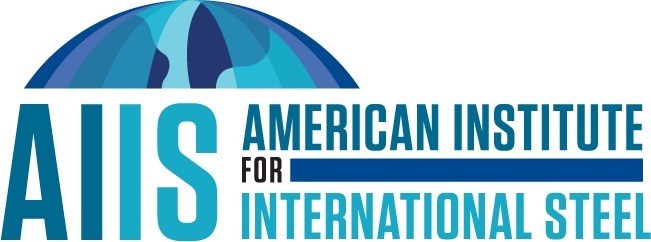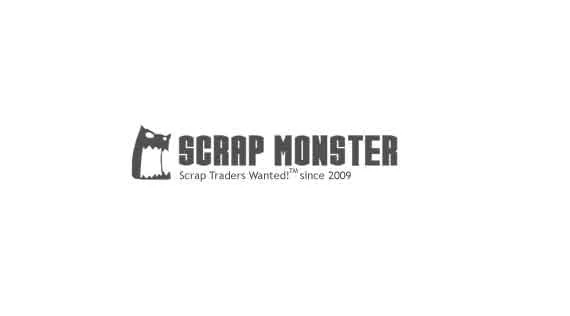
SEATTLE (Scrap Monster): The heads of several steel industry associations in the United States remained divided on the effectiveness of the Section 232 tariffs on US steel imports but found some common ground on the subject of the yet to be signed US-Mexico-Canada Agreement (USMCA).
Quotas or Tariffs?
With no end to the Section 232 tariffs on US imports of steel in sight, the focal point of a panel discussion at SteelOrbis’ 10th Annual Rebar & Wire Rod Conference in Las Vegas on Monday January 21 centered around the impact thus far of, and possible end game for, the Trump administration’s signature trade policy.
“Quotas I think are the lesser of two evils, quotas have the advantage of at least allowing material in,” Independent Steel Alliance president Chris Casey said.
“No question, they are better than tariffs, but my question would be, if we’re going to have a quota system are we still going to penalize the buyers on the price side?” he asked.
“If materials [imported steel] are going to come in, are they going to come in at reasonable prices?” Casey asked.
“No question, they are better than tariffs, but my question would be, if we’re going to have a quota system are we still going to penalize the buyers on the price side?” he asked.
“If materials [imported steel] are going to come in, are they going to come in at reasonable prices?” Casey asked.
From his perspective, John D. Foster, president of Kurt Orban Partners and chairman of the American Institute for International Steel (AIIS), did not see quotas as a viable solution to dealing with global steel overcapacity.
“There’s also talk of replacing tariffs with quotas, which could be an interesting possibility… “I think again, as we saw back in the Section 201 days, that’s a failed model as well… we actually saw domestic production capacity go down rather than up,” Foster said.
“I think the quota system is extremely burdensome on both the Commerce Department and US consumers,” he said, also noting issues with the Section 232 exclusion process.
Further to that, Foster said the rise in domestic steel prices that has accompanied the implementation of the Section 232 tariffs has had the unintended effect of ensuring there still is a market for imported steel within US borders.
“We need to look at the fundamental reason imports were able to continue at all.. I think that was the significant price increases that put US steel prices at the highest in the world,” he said. “In other words, any return of significant imports was somewhat of a self-inflicted wound so to speak, for many of the increases eclipsed the tariff rates themselves.”
For Casey, imports remain vital to ensure domestic steel prices do not rise to levels that harm US market participants, who cited nervousness among independent fabricators about sourcing material in the wake of Commercial Metals Co’s acquisition of Gerdau’s North American rebar assets, given the number of downstream operations involved.
Even independent fabricators who don’t participate in the import market have indicated that “it’s important to have a small amount of that material in the market to keep domestics honest,” Casey said. “That’s a phrase that comes up an awful lot.”
Meanwhile, Thomas J. Gibson, president and chief executive officer of the American Iron and Steel Institute (AISI), stressed that the Section 232 tariffs have succeeded where previous efforts failed.
“We ran into the same great wall of obfuscation that we always ran into with China… They would not produce the data, and it would always be kick the can down the road and let’s get to the next meeting,” he said. “Thank God we have an administration that’s going to back up the rhetoric with some tough action.”
Gibson said one of the more crucial successes of the tariffs have been their ability to force policy changes in other countries.
“Steel from China is going somewhere else,” he said. “A lot of these other countries are starting to wake up and impose their own safeguard actions against steel from certain areas, and quite frankly we think that’s a good thing.”
Positive impacts from the tariffs on the domestic industry, Gibson said, include steel shipments increasing by 4.7% at domestic mills last year, import volumes declining by 10.5% and capacity utilization improving 81% in November from 76% in April.
Nonetheless, Casey outlined what he said were the three primary negative effects of the tariffs.
Not only have the tariffs raised the cost of steel to the extent that wood has emerged as a competitor to steel for building material, but they’ve also created supply chain anxiety in that market participants have to find new sources for material that fall under the tariffs, Casey told attendees.
Casey also said the Trump administration’s tariffs have led to retaliatory measures from other countries, suppressing the demand for American products in global markets.
Though Casey conceded the negative impacts have yet to be fully felt while fabricators and contractors enter 2019 with strong backlogs, that day is coming.
“We will see the negative impacts of these tariffs, we’re just not seeing them yet,” he said.
USMCA
Despite the differences over tariffs, both Gibson and Casey agreed the USMCA was a net positive despite uncertainty over the ultimate fate of the new trade accord.
“There were some big holes from a US and North American industry perspective in the existing Nafta [North American Free Trade Agreement] rules of origin, so vehicle content minimum is now up to 75% and the steel content of steel-containing parts is 70%,” Gibson said of the USMCA’s provisions on automotive rules of origin.
“We thought that was important,” he added.
From his perspective, Casey said the USMCA would be viewed very favorably by rebar fabricators if the new agreement can be put into place, and fair, equitable trade be adhered to among participants of the deal.
The caveat to that optimism, though, is whether the USMCA will fall victim to the whims of the current political climate in the US, with President Donald Trump threatening to walk away from Nafta if Congress doesn’t approve the agreement.
“The problem, though, with this uncertainty is that it has caused both Canada and Mexico to go out and seek other partners,” Casey said. “Canada and Mexico have had discussions about bilateral agreements, cutting us out of the middle.”
For Foster, the key question moving forward is what the Trump administration intends to do with the tariffs.
“There’s no indication that I’m aware of, from any senior administration or trade official, that they intend to lift the [Section] 232 steel tariffs on Canada and Mexico,” Foster said.
Late last year US officials signaled that they wanted Canada and Mexico to agree to new quotas on their metal exports to the US before the administration would lift any tariffs, Foster said. But if this comes to pass, the losers will continue to be US consumers and the economy as a whole.
“It’s going to be interesting to see how the new leadership in the House of Representatives takes into account these particular concerns,” Foster added.
Courtesy: AIIS



| Copper Scrap View All | |
| Alternator | 0.40 (0) |
| #1 Copper Bare Bright | 4.21 (0) |
| Aluminum Scrap View All | |
| 356 Aluminum Wheels (Clean) | 0.82 (0) |
| 6061 Extrusions | 0.72 (0) |
| Steel Scrap View All | |
| #1 Bundle | 360.00 (0) |
| #1 Busheling | 380.00 (0) |
| Electronics Scrap View All | |